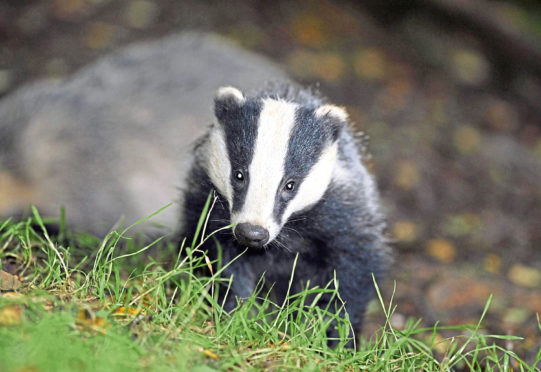Greater responsibility for the control of Bovine TB (bTB) in England should lie with the farming industry, a major review of Defra’s handling of the costly and controversial disease has concluded.
The Bovine TB Strategy Review which is published today says current arrangements have resulted in too little “ownership” of the disease by the farming industry and a widespread belief that bovine TB is government’s problem alone.
It says poor take-up of relatively cheap biosecurity measures on farms and trading in high-risk livestock is hampering disease control.
The review, chaired by Professor Sir Charles Godfray from Oxford University, concludes there would be many advantages in retaining high-level policy making in Defra but devolving much of the disease control operations to a new body that would take over functions performed by Apha, Natural England and local authorities.
>> Keep up to date with the latest farming news with The P&J Farming newsletter
Sir Charles said some in the farming sector were doing “tremendous things” on bTB, but there was “fatalism” over the disease in other parts of the industry.
He said: “We realise that wildlife does have a role in this disease, but it’s wrong to put all the blame on wildlife and to use this as an excuse to not make hard decisions in industry, which is going to cost the industry money.”
Asked to quantify the contribution to disease spread from badgers and the farming industry, through cattle-to-cattle infection, Sir Charles added: “If I was asked to say more one than the other, I would say definitely on the cattle-to-cattle side.
“We do think there is a huge amount that can be done within the livestock industry.”
The review also investigates the system of compensation received by farmers and recommends exploring a compulsory insurance programme partially supported by government. The review argues this would incentivise and reward behaviour that reduces the risk of disease.
